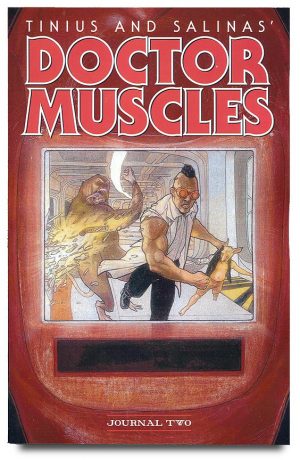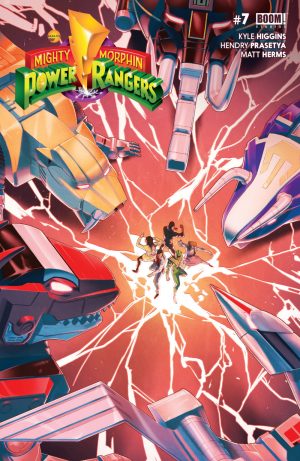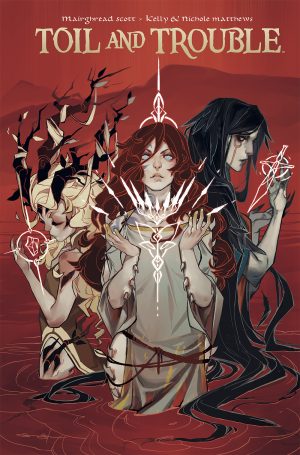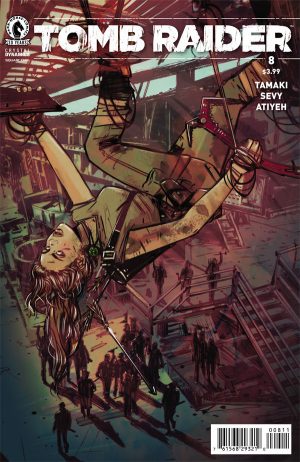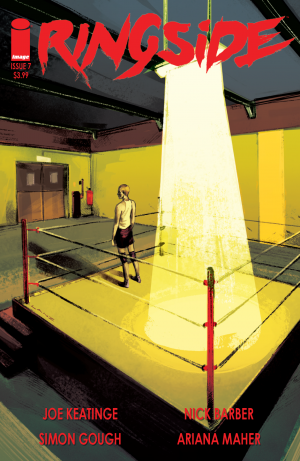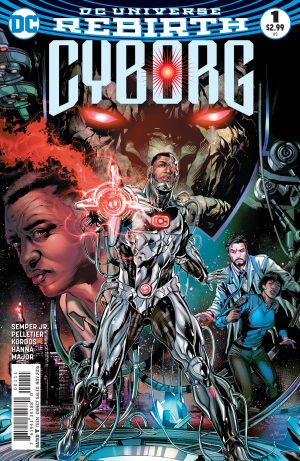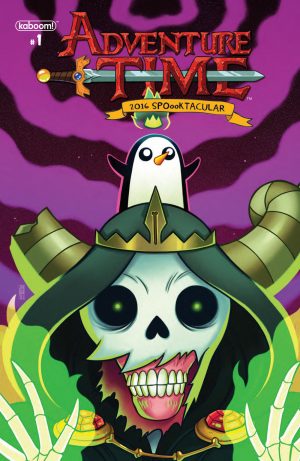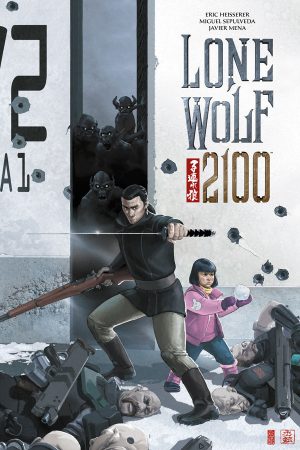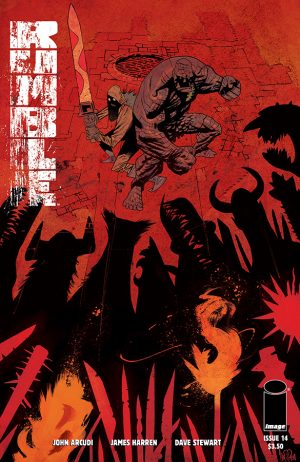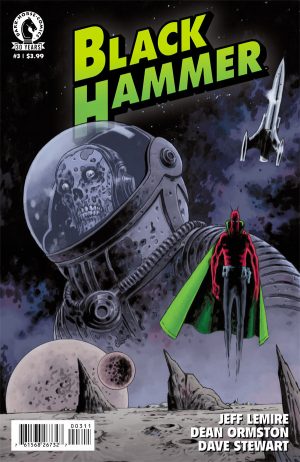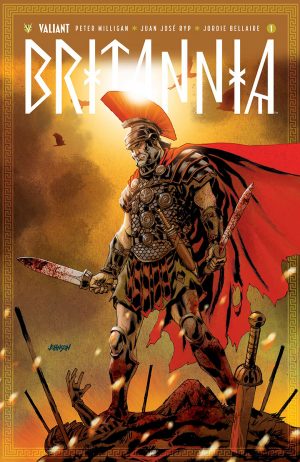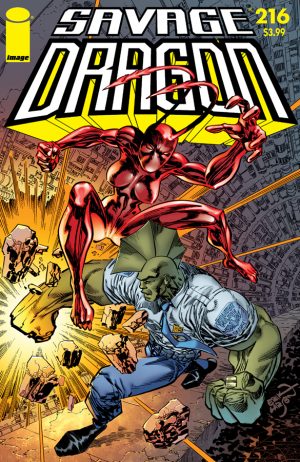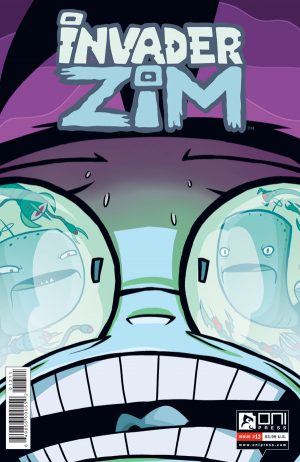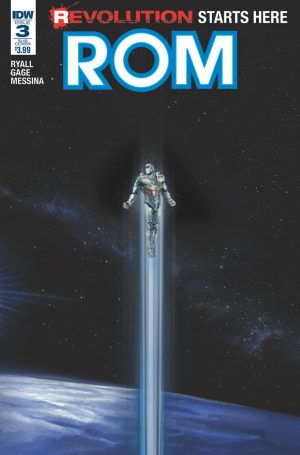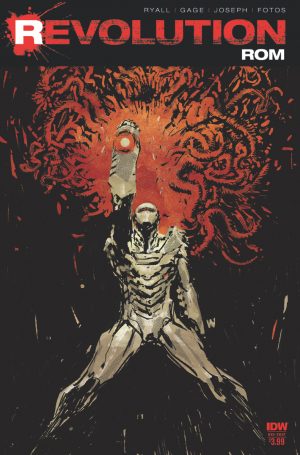Dear Comic Bastards, It is with a heavy heart that I must resign from reviewing Turtles comics.
I do this for fun, you see, because a wide array of varying media contributes very heavily to one's critical spectrum. To find out what works and what doesn't work in storytelling, one must seek every avenue, must look to both good and bad and find out which pieces make the machine go and which make it stop in its track.
I'm done reviewing TMNT comics because I've learned everything that I can from them, namely boiling down to two separate things: Variety is, as ever, the spice of life; and you cannot escape one's origins. The best parts of the Turtles have never been its direct origins, the original comics were equal parts goofy in that they were a shockingly violent parody of Daredevil, and uncomfortable in that they weren't... particularly good.
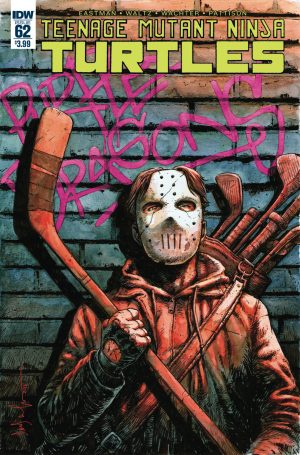 The Turtles lineage, even as a cartoon, has always been soaked in its original parody-origins; the Turtles were never Batman in ever sense of the term: did not have the moral fiber, did not have the obsessive streak, did not have a stick up their collective turtle butts and they weren't quite as skilled as a man who's entire claim to legacy is being good at literally everything.
The Turtles lineage, even as a cartoon, has always been soaked in its original parody-origins; the Turtles were never Batman in ever sense of the term: did not have the moral fiber, did not have the obsessive streak, did not have a stick up their collective turtle butts and they weren't quite as skilled as a man who's entire claim to legacy is being good at literally everything.
Whether you were laughing at the joke or laughing at the fact that the Turtles themselves act in fun, humorous ways, they always had a levity to them in a Deadpool sort of way that refused to conform to average comic stories. The fact that it was four turtles raised by a rat and in the ways of ninjitsu to fight a ninja clan leader and his mutated rhino and warthog lackeys was supposed to mean that, due to circumstance, the Turtles couldn't fall prey to feeling like every other goddamned comic.
Lo and behold, though, the clowns have all been shoo'd away, Shredder's gone, the main villain is Kitsune, an ancient Japanese god and the conflict revolves, in this issue, a human being kidnapped and Mikey coming back to his family after having left not even two issues ago.
Characters like Baxter Stockman, the Rat King, Shredder, Bebop, Rocksteady and even new addition Old Hob are now revealed to not only have been great additions but, in reality, necessary to the Turtles universe. The turtles themselves can be corrupted by samey continuity-tying comic nonsense, the same kind you see in Average Evil-Fighter Issue #596. When the turtles' main enemy is both a boring Japanese god and their own inner conflict and nothing else, there is no situational barrier keeping the turtles being as boring as their writer is.
Is this particular issue bad? It's the same as the last thousand, little moves, character relationships are reinforced so if the last couple of issues were bad then you'd better damn well be sure that this issue's bad too. I would take any version of the turtles over this because every single version tried something new and untested, even the bad ones. The third Turtles movie brought them to Feudal Japan. Bad, but interesting. The CG Turtles movie put the Turtles inner conflict at front and center, with the bad guy being the side story for a change. Kind bad, but interesting. The New Mutation added a girl turtle. REALLY bad but it wasn't stale, Goddammit. Splinter being the head of the foot clan doesn't change anything for the story, it's incidental! This changes nothing for the minute to minute of how the Turtles comics read!
I should give this one a one out of five but it doesn't deserve it because the level of effort here is same consistent level it's been keeping for months. It's not Turtles that's changed, it's my growing annoyance with it.
Someone hit me up on Twitter if it starts getting interested again. Find me at @MrFistSalad. While I'm at it with the self-promotion, check out The Dolridge Sacrament, published by Alterna Comics! Give your money to me and not this goddamn Turtles comic. Or go get a burger with that money.
[su_box title="Score: 2/5" style="glass" box_color="#8955ab" radius="6"]
Teenage Mutant Ninja Turtles #62 Writer: Tom Waltz Artist: Dave Wachter Publisher: IDW Publishing Price: $3.99 Format: Ongoing; Print/Digital
[/su_box]


